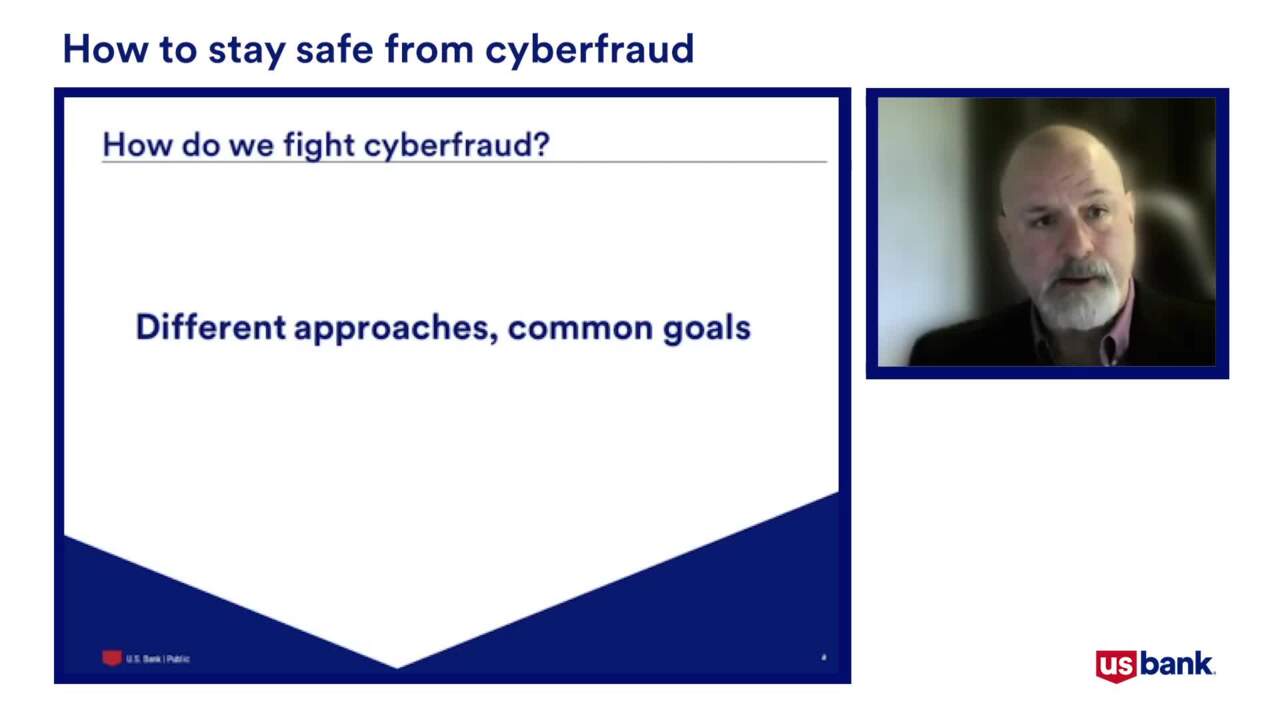
Liquidity management: A renewed focus for European funds

Cryptocurrency custody 6 frequently asked questions

5 questions you should ask your custodian about outsourcing

How to choose the right custodian for your managed assets

3 tips to maintain flexibility in supply chain management

Insource or outsource? 10 considerations

10 ways a global custodian can support your growth

The benefits of a full-service warehouse custodian

Emerging A/R solutions use artificial intelligence to target efficiency

Webinar: Cash management strategies for higher education

Solutions banks can offer during the COVID-19 pandemic

Colleges respond to student needs by offering digital payments

6 timely reasons to integrate your receivables

Benefits of billing foreign customers in their own currency

Drivers for changing accounts receivable in 2021

Improve government payments with electronic billing platforms

Webinar: Digitizing receivables to transform B2B rent payments

Hospitals face cybersecurity risks in surprising new ways

Webinar: Robotic process automation

Tactical Treasury: Fraud prevention is a never-ending task

Post-pandemic fraud prevention lessons for local governments

Webinar: Empower your AP automation with strategic intelligence

Authenticating cardholder data reduce e-commerce fraud

Webinar: Digitize your AP processes to optimize results

Risk management strategies for foreign exchange hedging

Webinar: AP automation—solve payment challenges with an invoice-to-pay solution

Webinar: CRE technology trends

Webinar: CRE treasury leader roundtable

Proactive ways to fight vendor fraud

4 tips for protecting your business against Coronavirus-related scams

The latest on cybersecurity: Mobile fraud and privacy concerns

5 Ways to protect your government agency from payment fraud

The latest on cybersecurity: Vulnerability testing and third-party software

Webinar: International payments

5 steps you should take after a major data breach

Fight the battle against payments fraud

Cybercrisis management: Are you ready to respond?

The cyber insurance question: Additional protection beyond prevention

Protecting your business from fraud

The password: Enhancing security and usability

Avoiding the pitfalls of warehouse lending

Fraud prevention checklist

Why KYC — for organizations

Cybersecurity – Protecting client data through industry best practices

Government agency credit card programs and PCI compliance

BEC: Recognize a scam

How to improve your business network security

Modernizing fare payment without leaving any riders behind

Consolidating payments for healthcare systems

Standardizing healthcare payments

Access, flexibility and simplicity: How governments can modernize payments to help their citizens

Escheatment resources: Reporting deadlines for all 50 states

How electronic billing platforms improve government payments

Webinar: Approaching international payment strategies in today’s unpredictable markets.

How real-time inventory visibility can boost retail margins

White Castle optimizes payment transactions

Payment industry trends that are the future of POS

Higher education strategies for e-payment migration, fighting fraud

Tap-to-pay: Modernizing fare payments pays off for transit agencies and riders

ABCs of APIs: Drive treasury efficiency with real-time connectivity

Restaurant survey shows changing customer payment preferences

Three healthcare payment trends that will continue to matter in 2022

Want AP automation to pay both businesses and consumers?

Digital trends poised to reshape hotel payments

Managing the rising costs of payment acceptance with service fees

Webinar: CSM corporation re-thinks AP

Webinar: A closer look at U.S. Bank AP Optimizer

Adjust collections to limit impact of USPS delivery changes

How to improve digital payments security for your health system

Increase working capital with Commercial Card Optimization

Luxury jeweler enhances the digital billing and payment customer experience

Enhancing the patient experience through people-centered payments

Unexpected cost savings may be hiding in your payment strategy

3 ways to adapt to the new payments landscape

Automate escheatment for accounts payable to save time and money

3 benefits of integrated payments in healthcare

How COVID-19 is transforming healthcare payments

Automate accounts payable to optimize revenue and payments

Top 3 ways digital payments can transform the patient experience

Understanding and preparing for the new payment experience

What to know when investing in AP automation solutions

Webinar: AP automation for commercial real estate

Ways prepaid cards disburse government funds to the unbanked

How AR technology is helping advance payment processing at Avera Health

Top tips for card payments optimization

The benefits of payment digitization: Pushing for simplicity

COVID-19 safety recommendations: Are you ready to reopen?

Collect utility and telecom bill payments faster

Government billing survey: The digital transformation of the payment experience

5 winning strategies for managing liquidity in volatile times

Safeguarding the payment experience through contactless

Higher education and the cashless society: Latest trends

3 ways to make practical use of real-time payments

The surprising truth about corporate cards

The future of financial leadership: More strategy, fewer spreadsheets

3 timeless tips to reduce corporate payments fraud

4 benefits to paying foreign suppliers in their own currency

Alternative investments: How to track returns and meet your goals

Protecting cash balances with sweep vehicles

Manufacturing: 6 supply chain optimization strategies

Digital Onboarding helps finance firm’s clients build communities

Tailor Ridge eBill case study

Webinar: CRE Digital Transformation – Balancing Digitization with cybersecurity risk

Digital receivables to meet changing demand

ABCs of ARP: Answers to American Rescue Plan questions for counties

Webinar: Fraud prevention and mitigation for government agencies

Overcoming the 3 key challenges of a lump sum relocation program

Streamline operations with all-in-one small business financial support

Checklist: What you’ll need for your first retail pop-up shop

How mobile point of sale (mPOS) can benefit your side gig

Small business growth: 6 strategies for scaling your business

Healthcare marketing: How to promote your medical practice

6 common financial mistakes made by dentists (and how to avoid them)

Rethinking common time management tips

How to apply for a business credit card

How Everyday Funding can improve cash flow

How a small business is moving forward during COVID-19

How jumbo loans can help home buyers and your builder business

How to accept credit cards online

Retirement expectations quiz

5 unexpected retirement expenses

Healthcare costs in retirement: Are you prepared?

The connection between your health and financial well-being

7 things to know about long-term care insurance

Is a Health Savings Account missing from your retirement plan?

How to keep your assets safe

What is Medicare? Understanding your coverage options

Is your employer long term disability insurance enough?

4 strategies for coping with market volatility

3 steps to prepare for a medical emergency

How to plan and save for adoption and in vitro fertility treatment costs

When your spouse has passed away: A three-month financial checklist

What documents do you need after a loved one dies?

How to save money in college: easy ways to spend less

Learn to spot and protect yourself from common student scams

4 ways to outsmart your smart device

Webinar: Protect yourself or your loved ones from elder fraud

Keep your finances safe and secure: Essential tips for preventing check fraud

How to spot an online scam

Webinar: How to fight off fraud

Webinar: How to stay safe from cyberfraud

Money muling 101: Recognizing and avoiding this increasingly common scam

What is financial fraud?

Learn how to spot scams related to COVID-19

Dear Money Mentor: What is cryptocurrency?

How you can prevent identity theft

How-to guide: What to do if your identity is stolen

The mobile app to download before summer vacation

Webinar: Mobile banking tips for smarter and safer online banking

3 awkward situations Zelle can help avoid

Dear Money Mentor: How do I set and track financial goals?

7 financial questions to consider when changing jobs

How voice-activated devices work with banks

P2P payments make it easier to split the tab

Dear Money Mentor: How do I begin paying off credit card debt?


